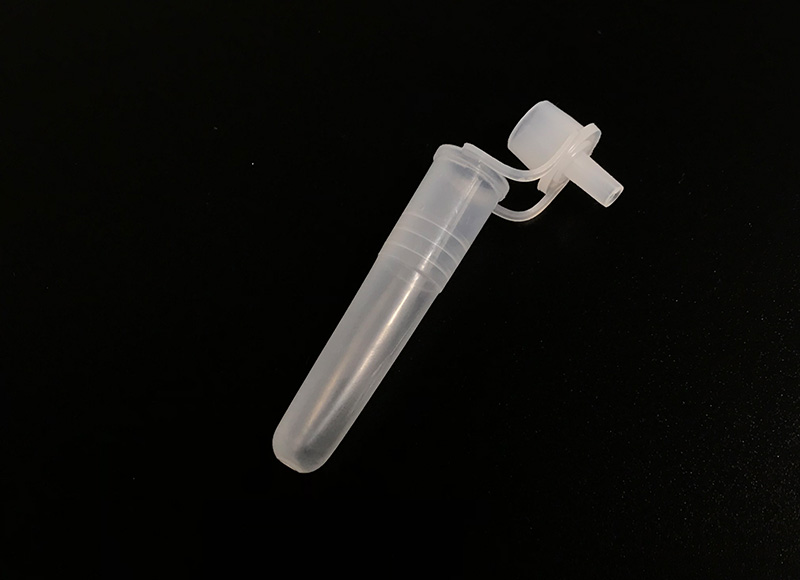

Chemical reagents are a special class of solvents, whic […]
Chemical reagents are a special class of solvents, which are widely used in many fields such as industry, agriculture, health care, life science, environmental protection, national defense and military industry. The properties of chemical reagents are diverse, and great care should be taken when removing from specimen container the reagent bottle. Among them, liquid reagents follow the following three principles:

Dropper for a small amount of liquid: When taking a small amount of liquid reagents, try to use a dropper, which can control the volume well. It should be dripped vertically above the container, and the glue tip dropper should not touch the wall of the container to prevent contamination of the test tube or contamination of reagents. The dropper after taking the liquid should keep the rubber cap on top, do not lay it flat or upside down, to prevent the liquid from flowing back, contaminating the reagent or corroding the rubber cap. The used test tube should be rinsed with clean water immediately, but the dropper on the dropper bottle cannot be rinsed with water and cannot be used interchangeably.
Quantitative liquid measuring cylinder: When the liquid poured into the measuring cylinder is close to the required scale, stop pouring, and the remaining part is dripped with the liquid dropper to the required scale line. When reading, the measuring cylinder must be placed steadily, and the line of sight and the lowest point of the concave liquid level in the measuring cylinder should be kept level.
Pour more and less drops: when taking an indeterminate amount or a large amount of liquid, you can use the method of direct pouring (one down, two, three, four, and four). The stopper of the reagent bottle must be placed on the table top to prevent the medicine from corroding the laboratory bench or contaminating the medicine. When pouring directly, the mouth of the bottle must be close to the mouth of the test tube, the test tube is 45 degrees, and poured slowly. The side with the label must face the palm of the hand to prevent the liquid from spilling and corroding the label. After pouring the liquid, close the stopper immediately and put the reagent bottle back in its original place with the label facing outward to prevent the medicine from deliquescence and deterioration.
The above are the three principles that need to be followed to remove liquid reagents from reagent bottles. Most reagents are corrosive, and operating according to the prescribed procedures will help ensure the safety of the experiment.